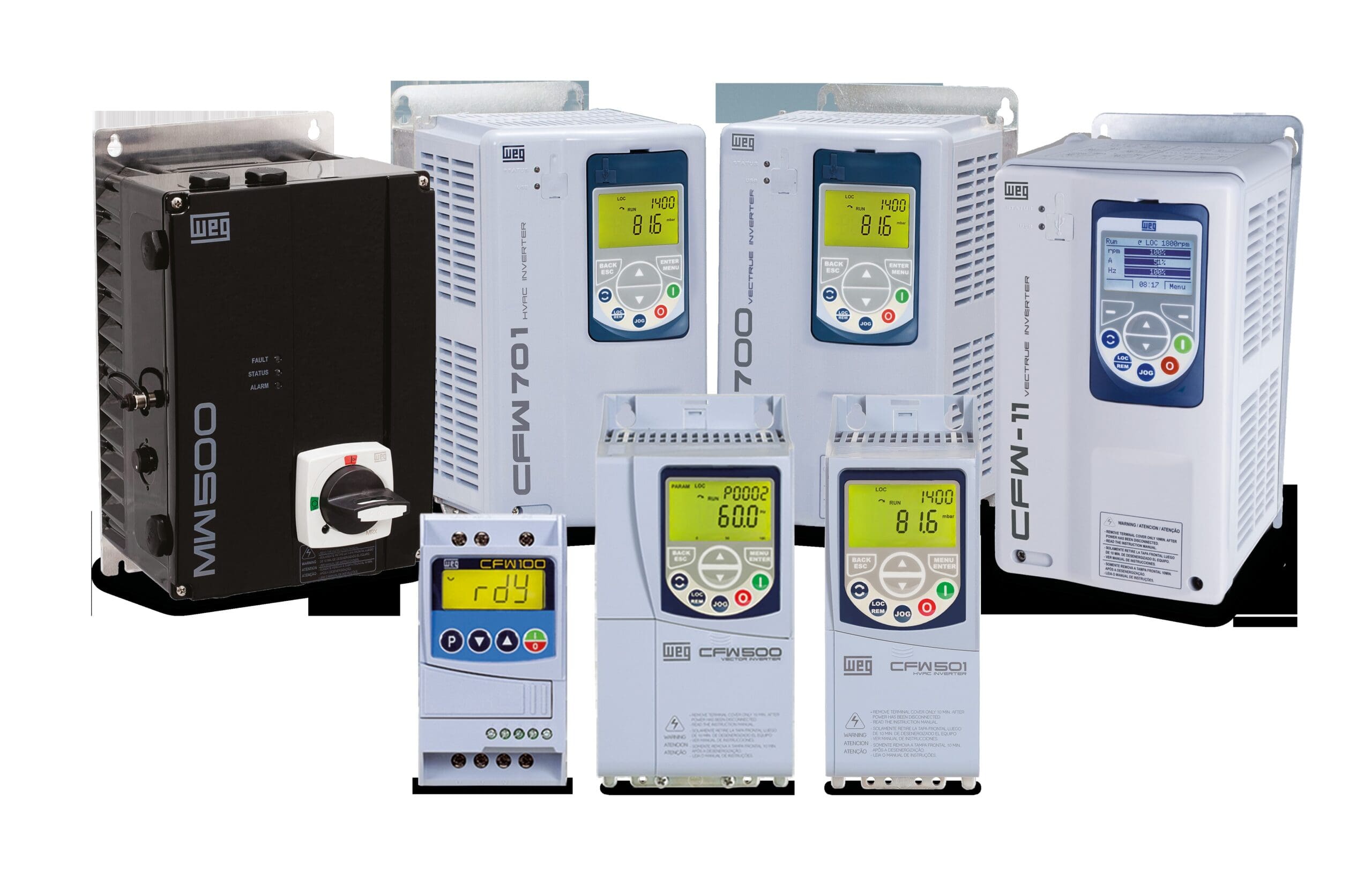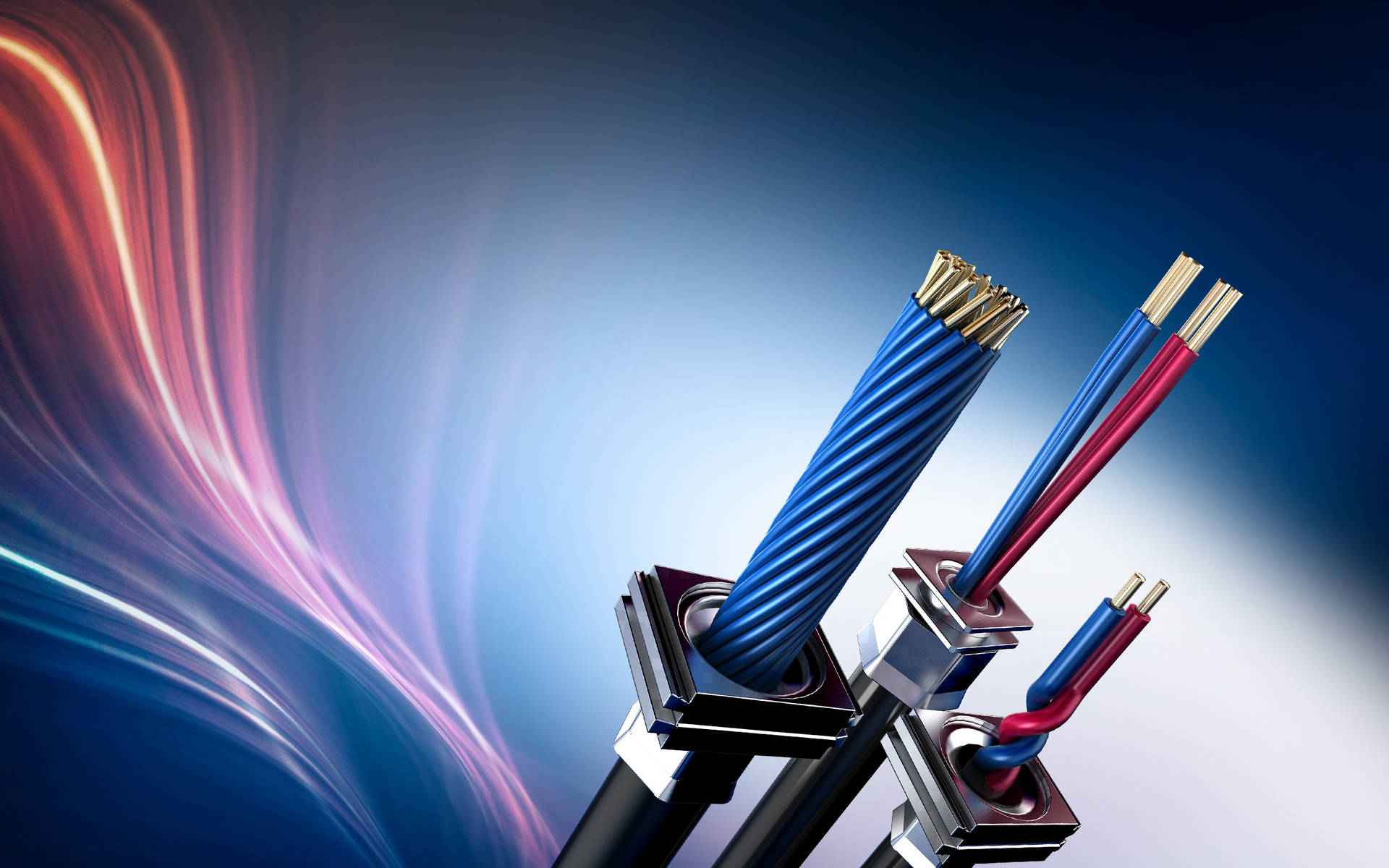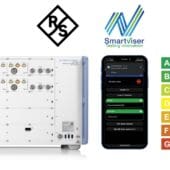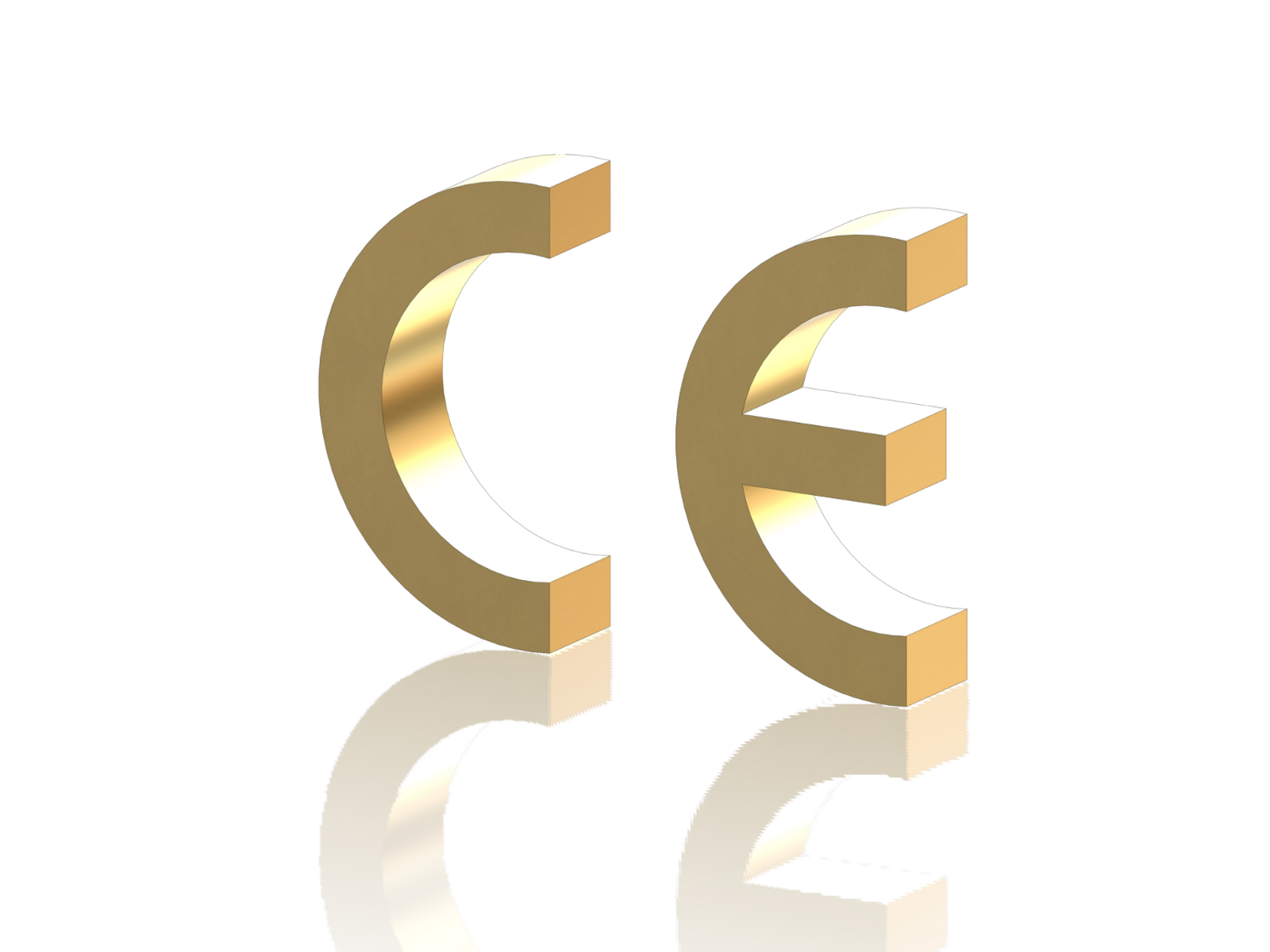The year 2022 is interesting in terms of Technical Compliance for the commercialization, in the European Union market, of both electrical and electronic products and digital products and services. On the one hand, several votes on new regulations are planned in the European Parliament; and, on the other hand, several delegated acts that affect directives in application will enter into force.
In the case of the new regulations, a proposal for a "Machine Regulation" and a proposal for a "Regulation for Artificial Intelligence systems" will be voted on.
The new Machinery Regulation, which will replace Directive 2006/42/EC on machines, aims to respond to the new challenges that the evolution of technologies is posing for the application of current legislation on machines. Nowadays, legal gaps can arise that pose risks to the safety and health of people, or risks to the environment. Among the problems considered are: 1) the current directive does not sufficiently cover the new risks originated by emerging technologies, 2) the directive presents legal uncertainty due to the lack of clarity about its scope and definitions; as well as risk due to potential security loopholes in traditional technologies, 3) the list of high-risk machines is already 15 years old, has not been updated and its provisions are insufficient, 4) the monetary and environmental costs that are produced by the extensive paper documentation requested, 5) inconsistencies with other instruments of the Union's product safety legislation, 6) divergences in the interpretation existing in the transpositions of the Machinery Directive carried out by the various states of the Union. In addition, this new regulation aims to incorporate technological realities such as collaborative robots, software updates, cybersecurity, autonomous machines or remote monitoring stations.
For its part, the new regulation for Artificial Intelligence (AI) systems wants to respond to the challenges that AI systems are posing today in terms of people's health and safety, or in their fundamental rights. It is intended to apply to AI systems placed on the market or used within the Union whose providers are established in the Union and, in particular, in third countries; but also affects AI systems located in a third country whose results are used within the Union. Or that users within the Union who use or are affected by the different AI systems that may affect them directly or indirectly be protected. It is intended that the regulation
Avoid or minimize problems and risks related, among others, to biometrics and identification of people, the management and exploitation of critical infrastructures, access to essential services, border control, or justice.
In the case of delegated acts, a regulation and a directive related to “Directive 2014/53/UE on the commercialization of radioelectric equipment”, known as the RED Directive, are expected to enter into force throughout the month of January.
The delegated regulation aims to improve the cybersecurity of wireless devices that are placed on the Union market, such as mobile phones, smart watches, physical activity trackers or wireless toys. This regulation defines the legal requirements for security safeguards that must be taken into account in the design and production of wireless devices. In addition, it determines that the privacy and personal data of citizens must be protected, the risks of monetary fraud avoided, and greater resilience of communication networks guaranteed.
The directive seeks the adoption of a single charger compatible with all types of wireless devices. This directive wants to limit the fragmentation of charging interfaces and charging communication protocols in mobile phones and radio equipment; to achieve the goals of reducing e-waste, ensuring consumer convenience and avoiding fragmentation of the charging device market. To this end, the directive aims to harmonize the charging interface and charging communication protocols for radioelectric equipment that is charged by cable; and lay the foundations for adaptation to other technologies that allow charging by any means other than wired charging, such as wireless charging. It is also intended to impose requirements to ensure that end users are not required to purchase a new charging device with each purchase of each new mobile phone or radio equipment. And USB type C is defined as the common charging receptacle for the relevant categories or classes of radio equipment, which will be combined with the USB power delivery charging communication protocol.
These are briefly the legislative acts that will affect companies that manufacture and market products and services for the European market in the near future. And in future articles I will delve into each of these legislative acts.
If you want to know electronic news visit our main electronics page.
Author: Gian-Lluís Ribechini, Industrial Engineer








